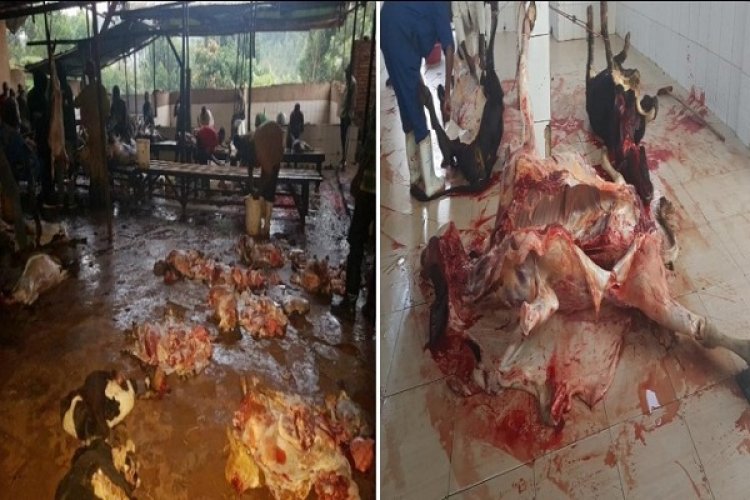Travelling around Kigali, one notices that the city increasingly gets more coffee shops than it has ever had before.
The number of coffee shops has been on the rise across secondary cities, too, to the extent that now locals, including coffee producers, will likely tell you what different coffee drinks taste like.
It wasn’t the case before — the stories were told by the far-away consumers and not by locals who toil daily in coffee farms to deliver the product so far widely known for quality, and key export earner for the country since colonial times.
The boost in coffee consumption domestically, coupled with the ever-rising export demand puts even more pressure on the producers to deliver more coffee volumes.
However, the question is whether the farmers are better resourced to do so, and whether this coffee bars boom is translating into better returns which producers can invest back into churning out the much-need quantity and desired quality.
Facts on ground suggest there is a number of constraints that need to be addressed with urgency or else the coffee shop market slowly runs out of supply, which will see you – the consumers/coffee lovers – pay more for your usual coffee drinks.
Yield decline
In fact, despite domestic and export market demand for coffee soaring, yield continue to be on constant decline.
The National Agricultural Export Development Board (NAEB) data show the sector registered a 30.9 per cent decline in coffee production in January to April 2022 compared to the same period last year.
Total coffee production declined to 2,359 metric tonnes from 3,414 metric tonnes.
NAEB’s 2020/2021 report indicated that coffee export quantities fell for the third consecutive time as produce stood at 20,958 metric tonnes between July 2020 and June 2021 against the target of 27,000 metric tonnes.
In December last year, lawmakers in the upper house of Parliament presented the evaluation of the export crops production performance which showed, in part, that the country produces an average of 1 kilo of coffee beans per coffee tree — equivalent to 150 grams of finished coffee.
This is way below potential of 5 kilograms per coffee tree.
Constraints
Sector players say a big chunk of the coffee trees were planted 30 years ago and barely underwent replacement or rejuvenation.
If the farmer is not motivated enough or faces hurdles producing cherries, think about its impact on your favourite cup of coffee, and the man or woman who cooks it at the coffee bar as well as the bar itself.
More than 30 million of estimated 100 million coffee trees in Rwanda fall in the above category, hence offer low yield volumes and poor quality cherries according to the evaluation by the Senate. Yield prospects are further dampened by poor input use and climate change.
The farmers, who are largely small-holder landowners, will tell you how uprooting and replanting a coffee farm implies foregoing income for three or more years, even as they incur additional expenses associated with pruning, mulching, pest control and fertilizer, among other costs.
As a result, many are reluctant to overhaul plantations in absence of financial incentives. Some either neglect the plantations or are tempted to mix farms with household consumption crops in a bid to survive.
They feel coffee shops, processors and exporters are the ones who rake in bigger profit margins hence they should be compelled to dedicate a chunk of the turnover towards revamping coffee plantations. Others ask government to put up a scheme that can cater for their livelihoods before they can go ahead to uproot plantations.
Individual coffee farmers who spoke to this Publisher tell a story of how baristas and staff at booming coffee bars earn relatively higher incomes than many in coffee production.
If the farmer is not motivated enough or faces hurdles producing cherries, think about its impact on your favourite cup of coffee, and the man or woman who cooks it at the coffee bar as well as the bar itself.
Let the attention to the coffee bars boom not relegate issues of the coffee producers to the background.
Also read: Why sale of uninspected meat is on the rise






